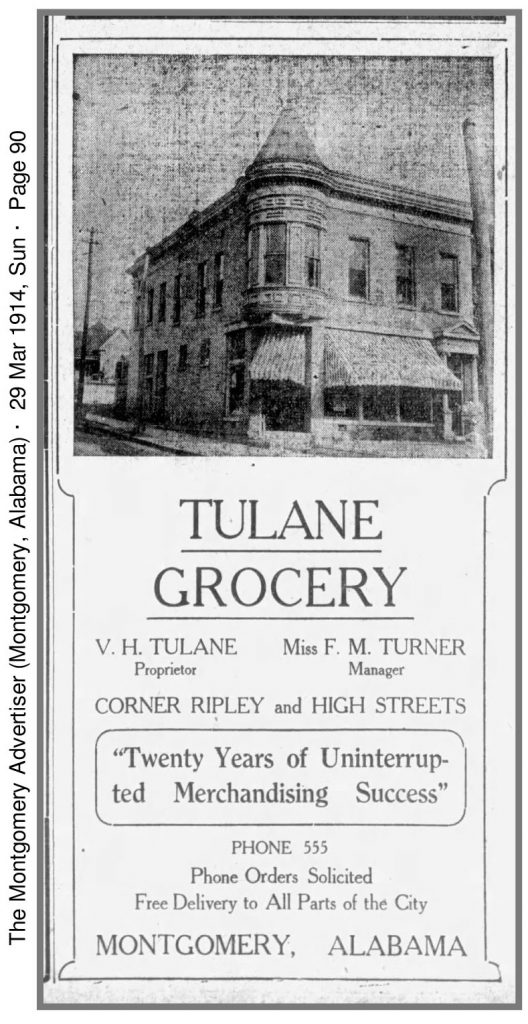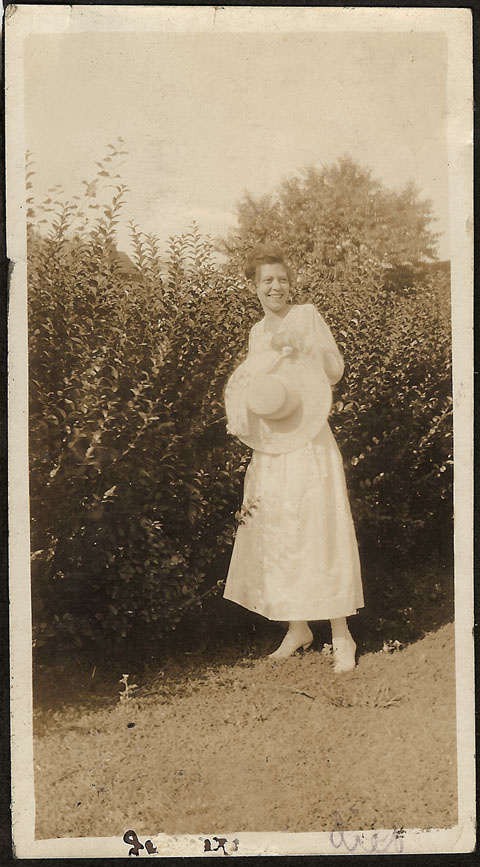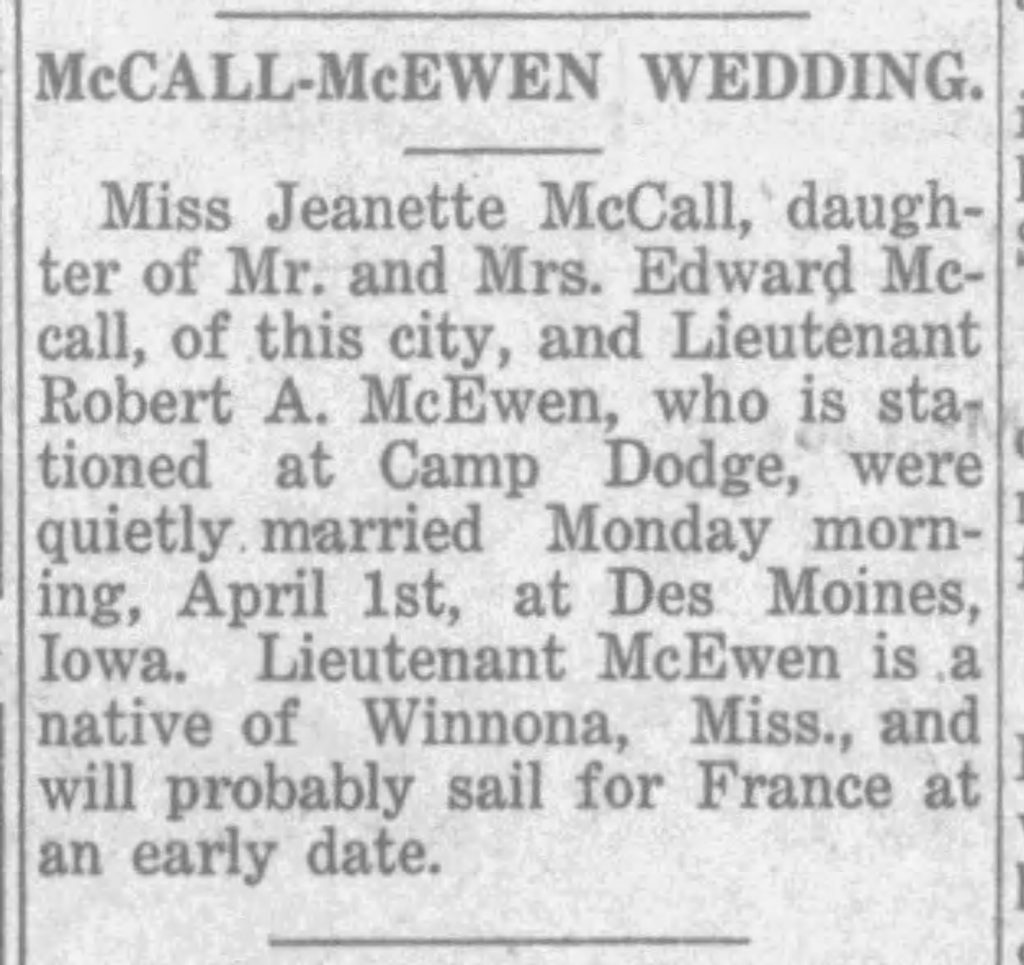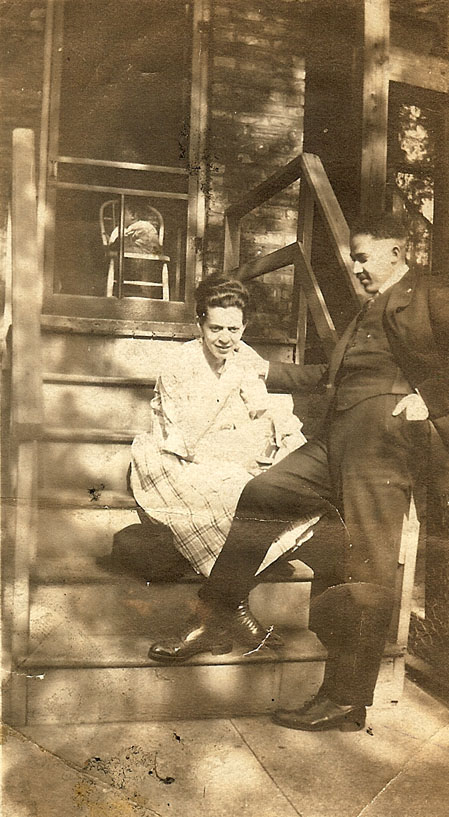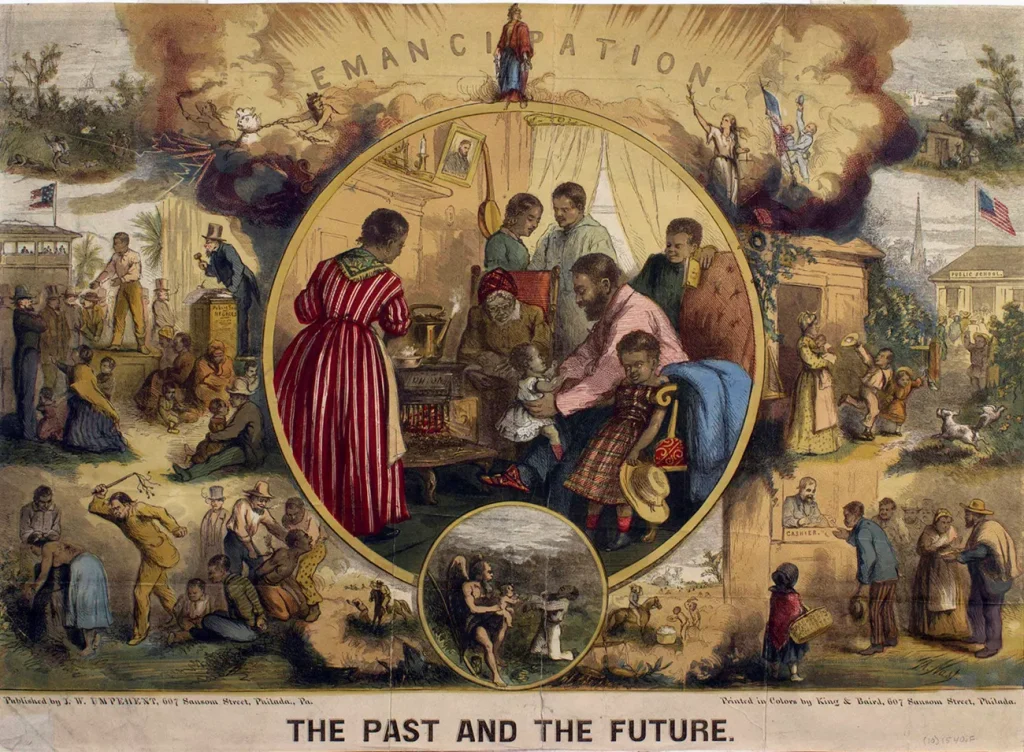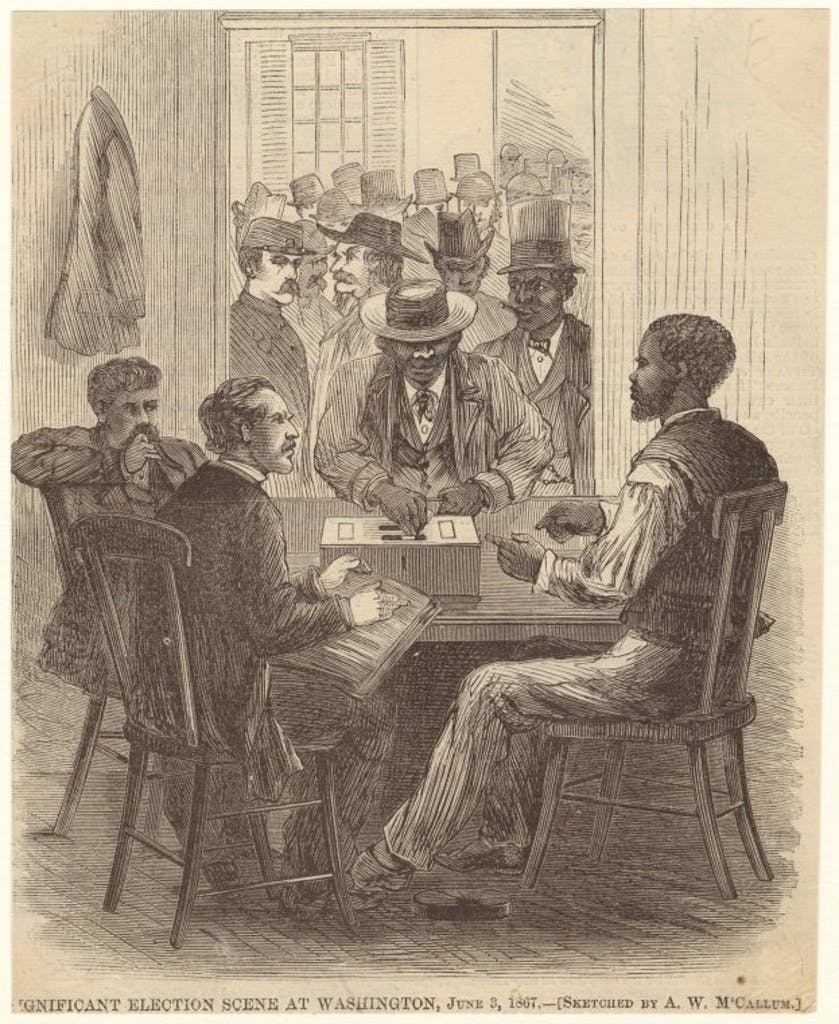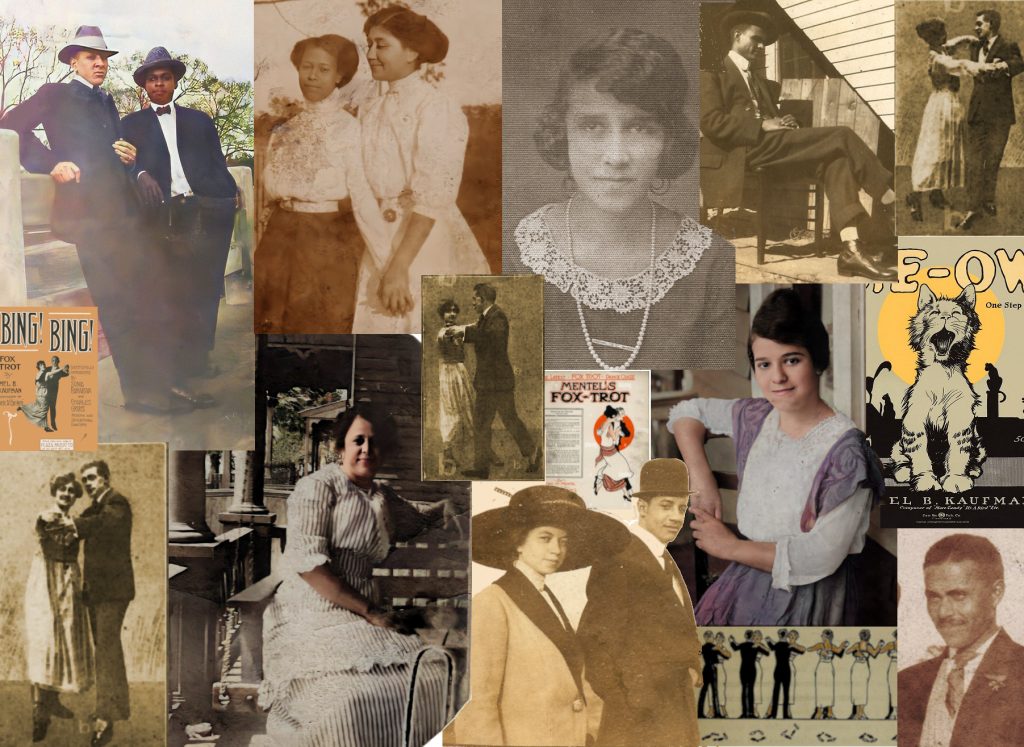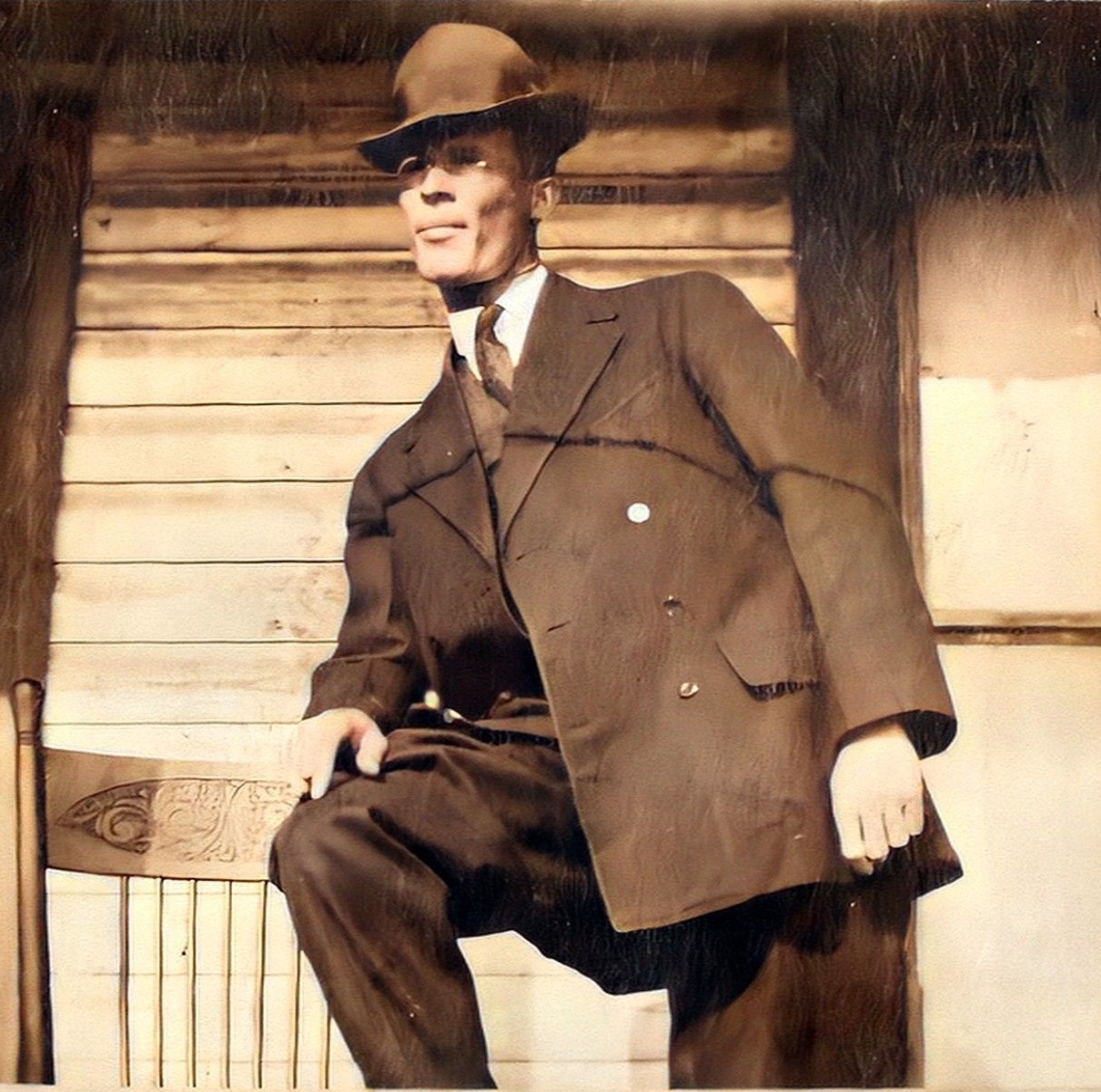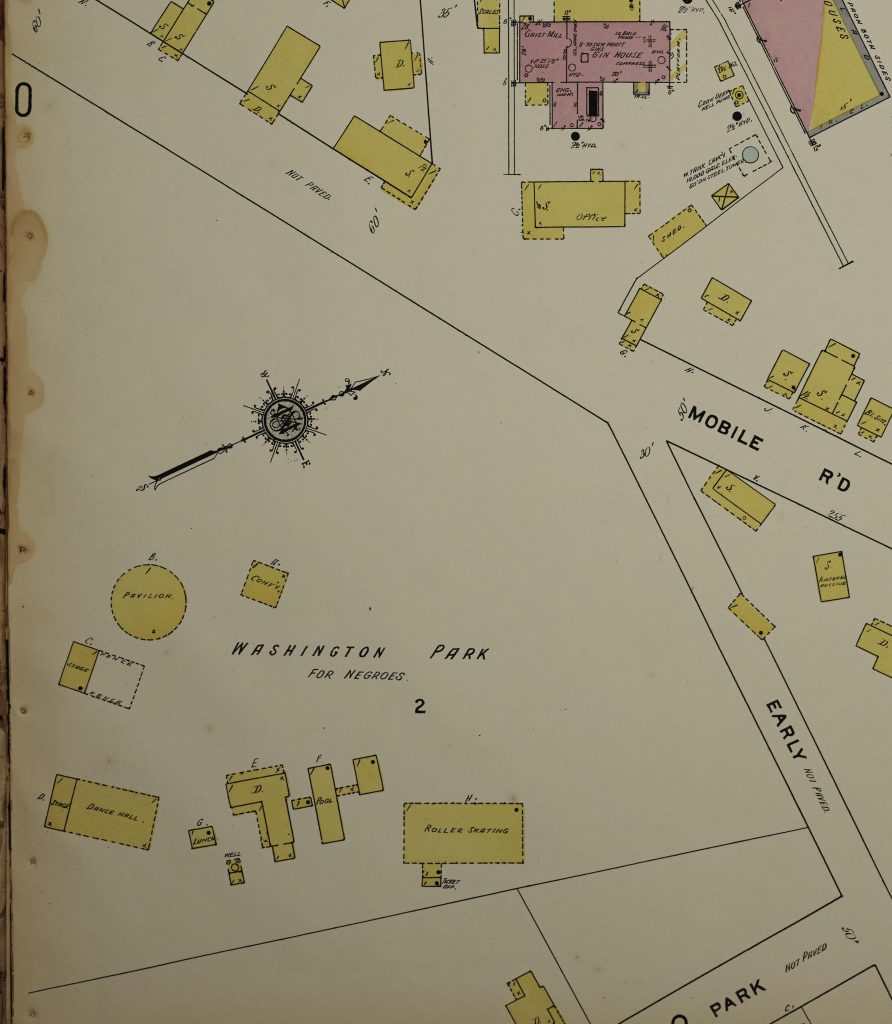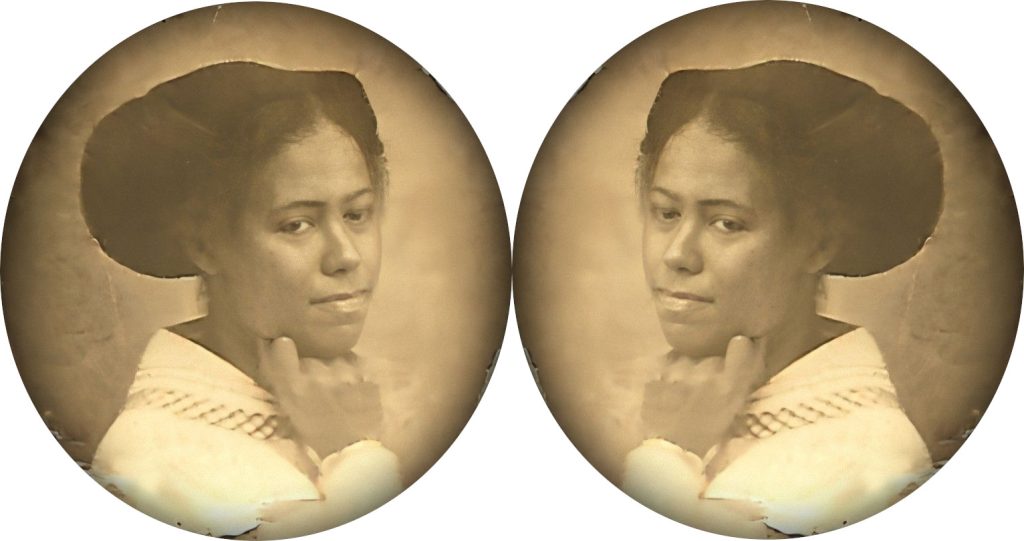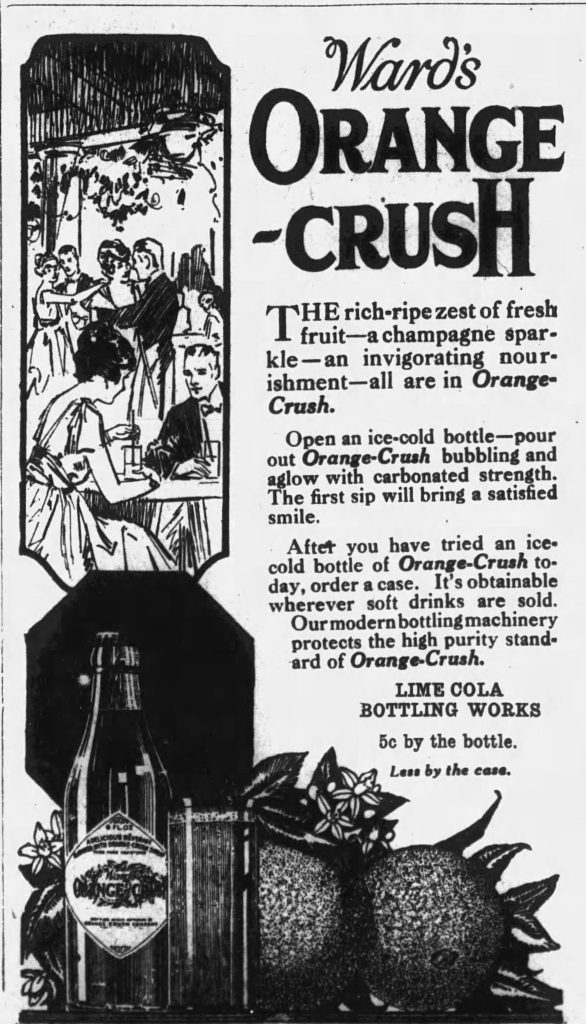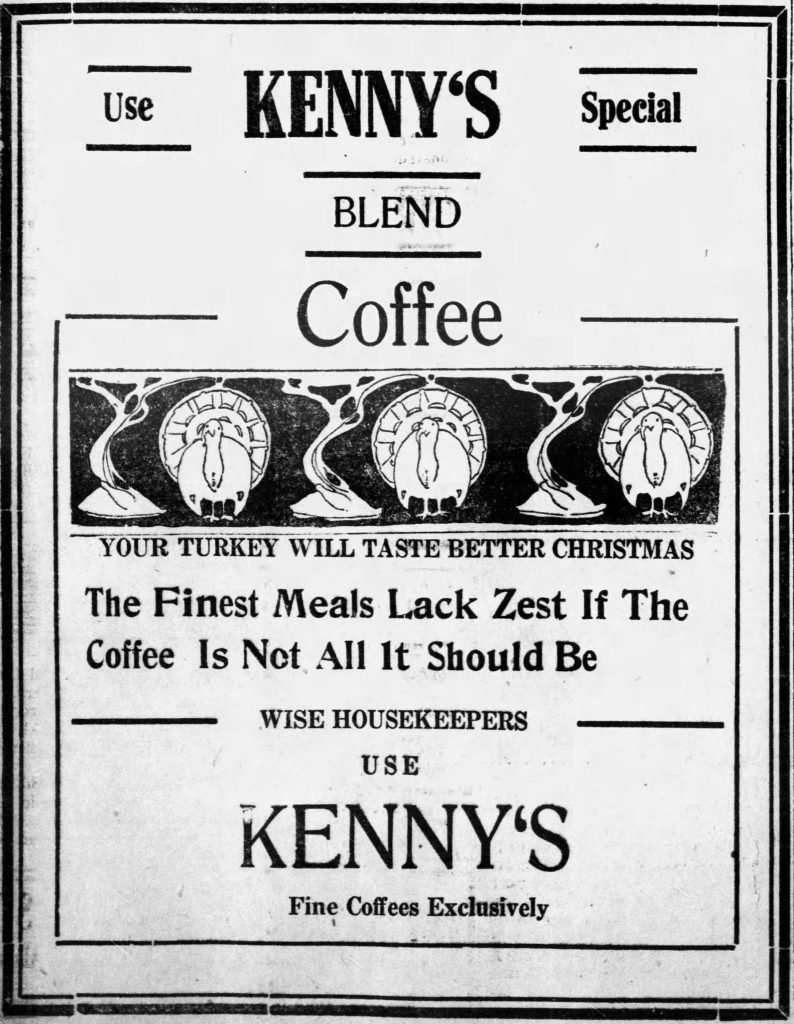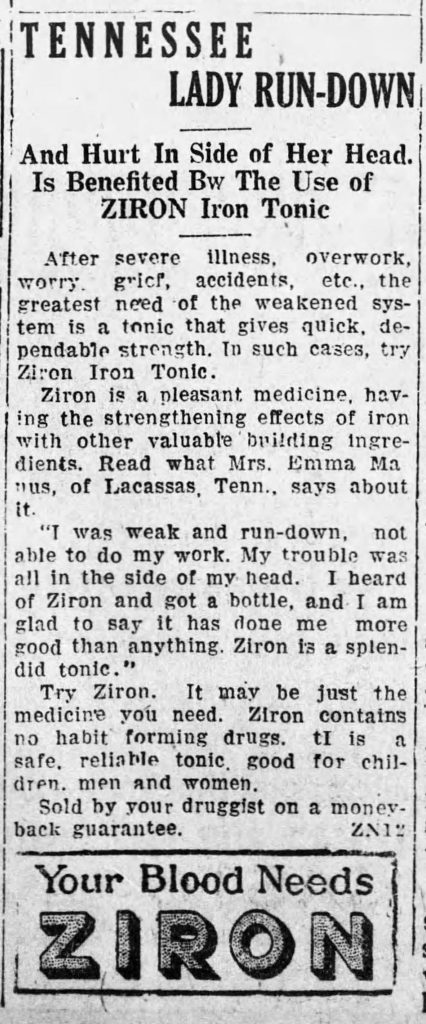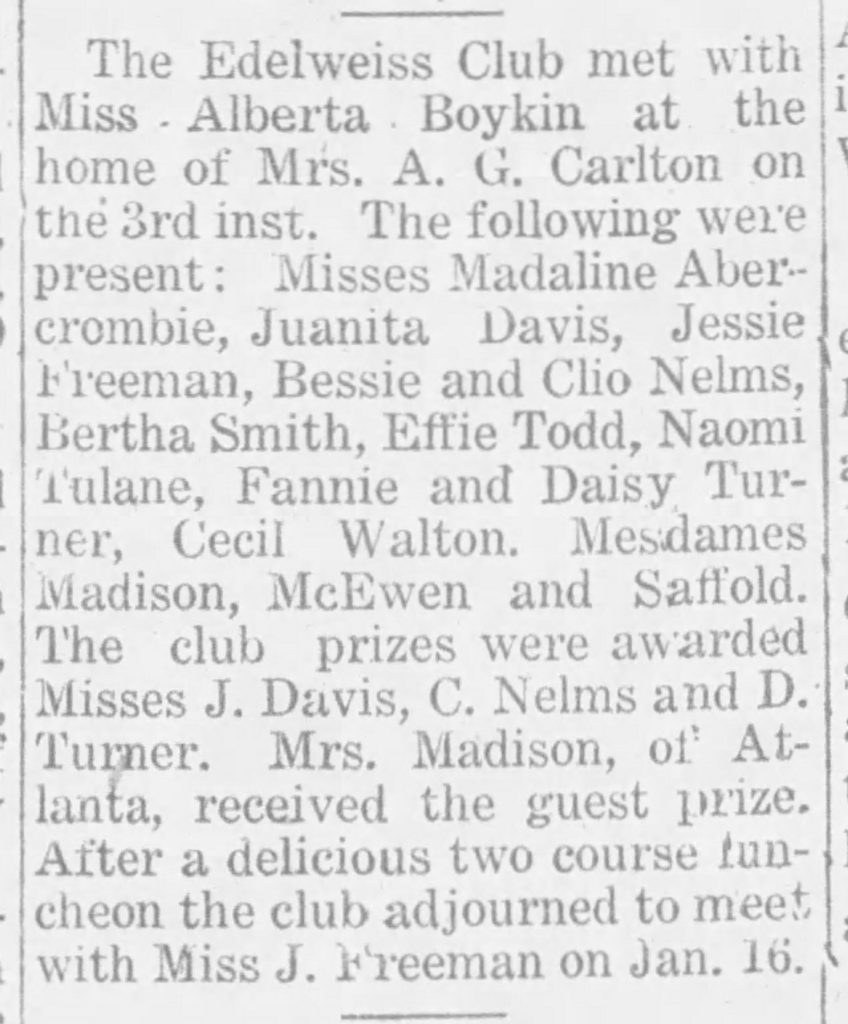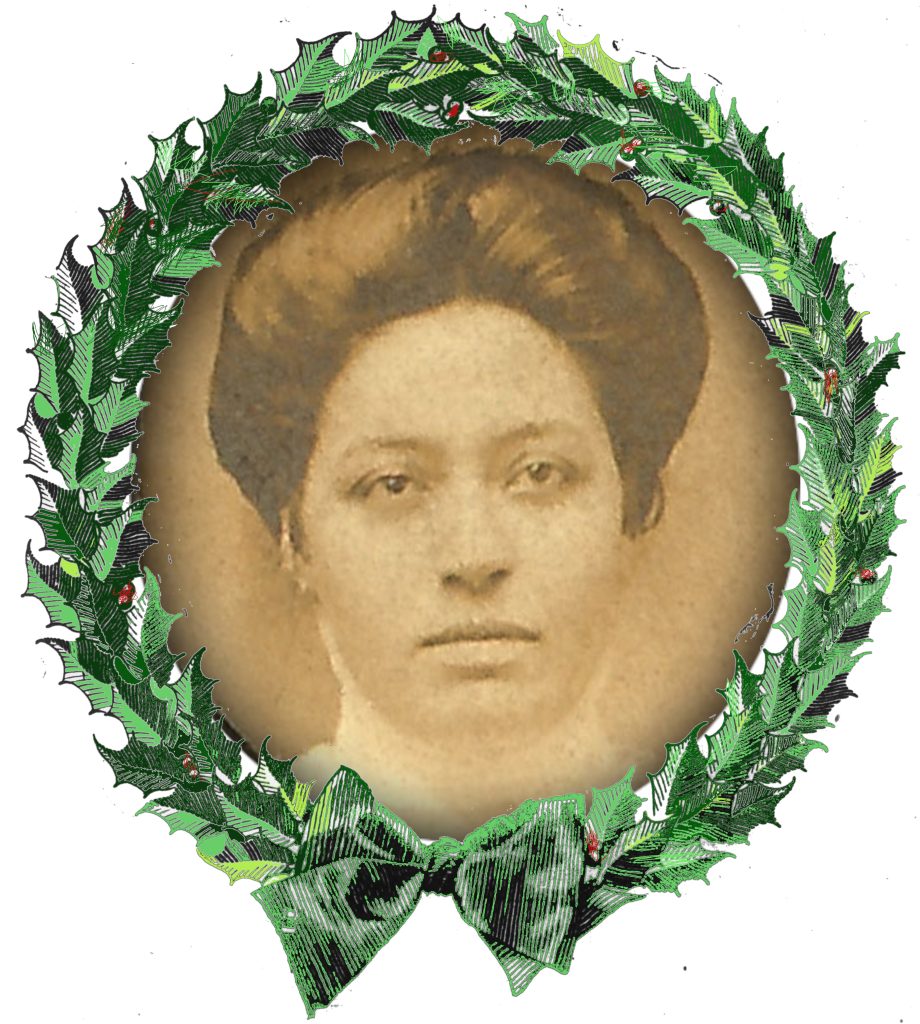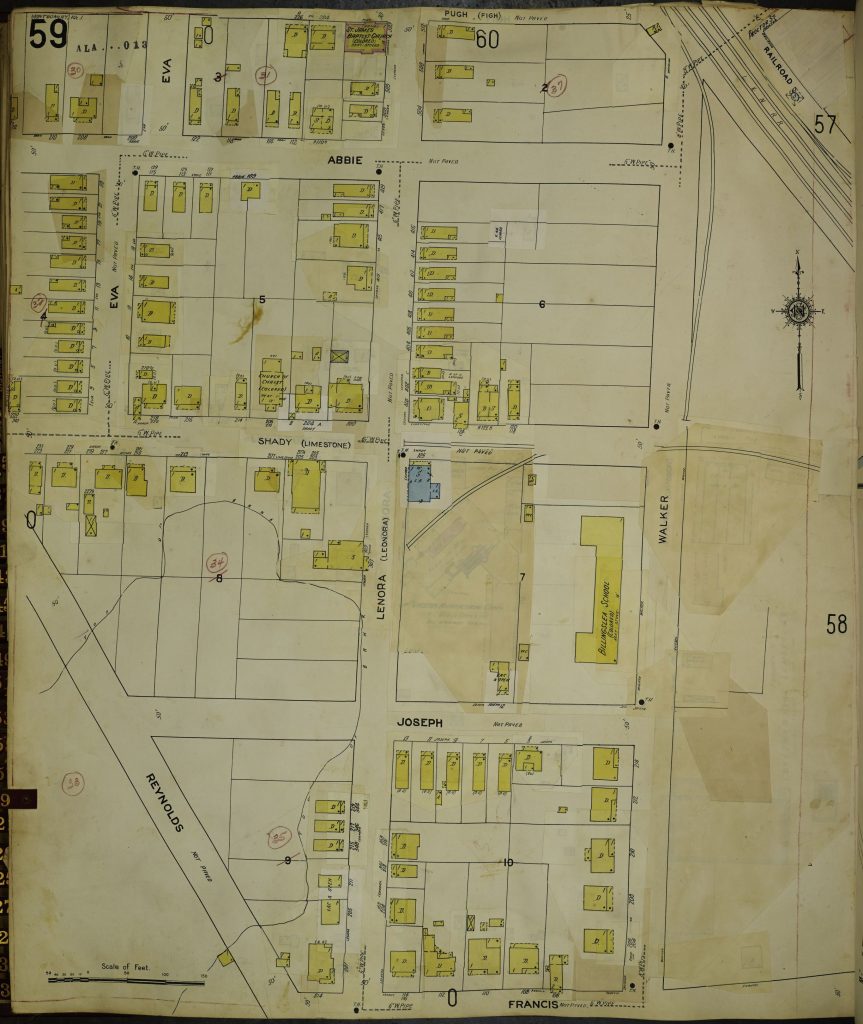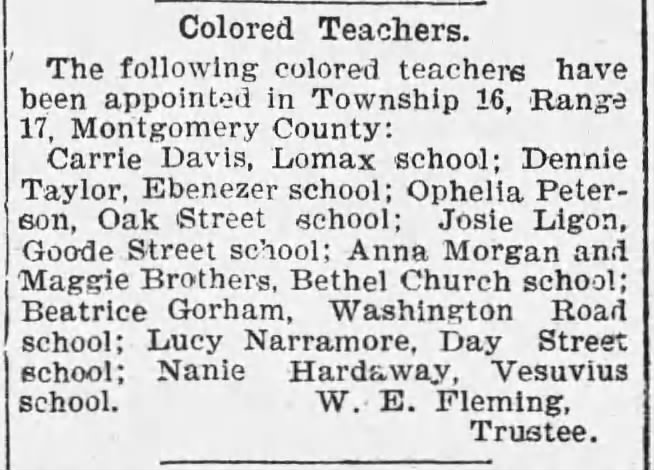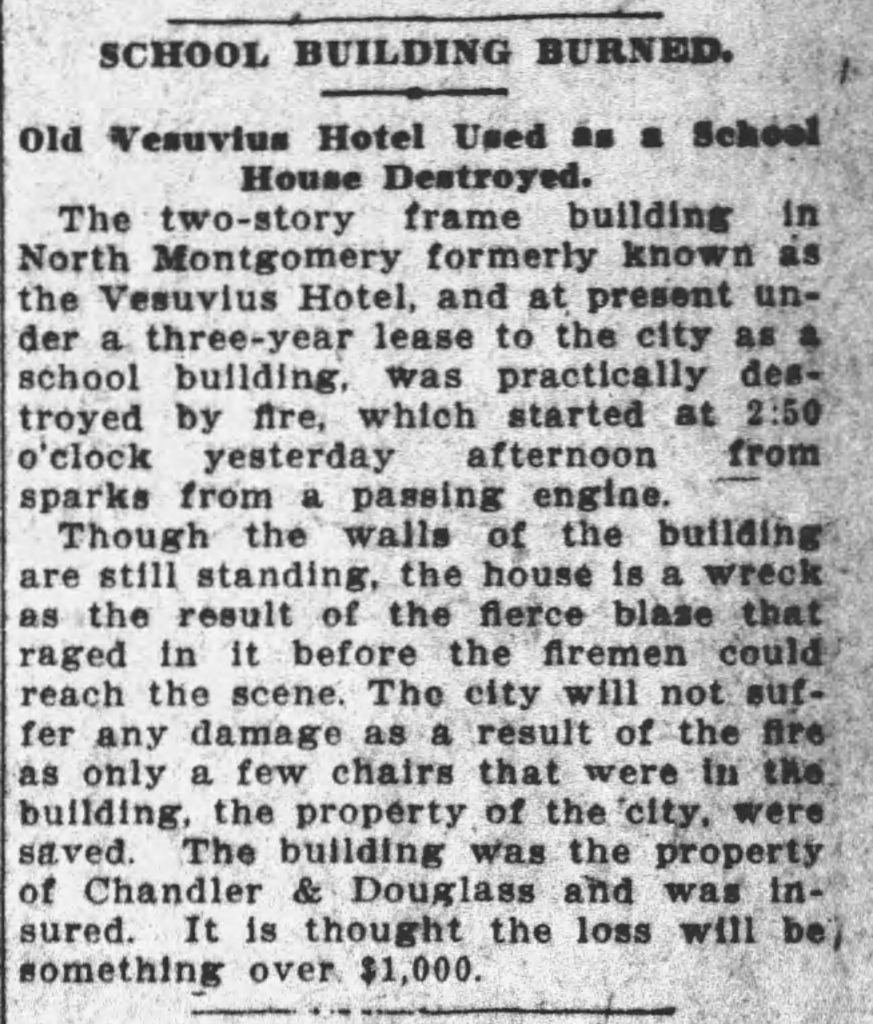
For this year’s A to Z Challenge I am posting an event involving someone in my family tree for that date. It may be a birth, a death, a christening, a journal entry, a letter or a newspaper article. If the entry is a news item, it will be transcribed immediately below. Click on photographs to enlarge in another window.
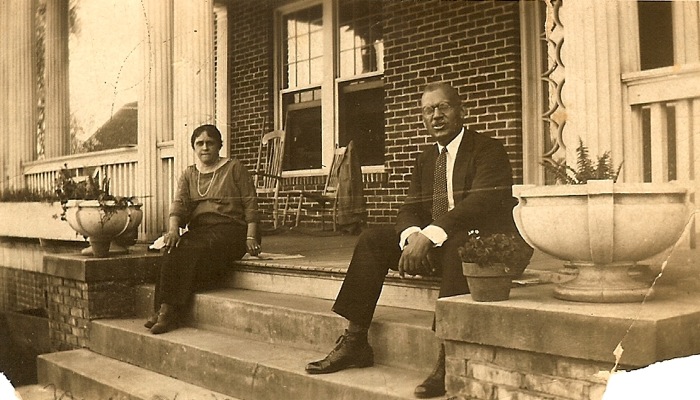
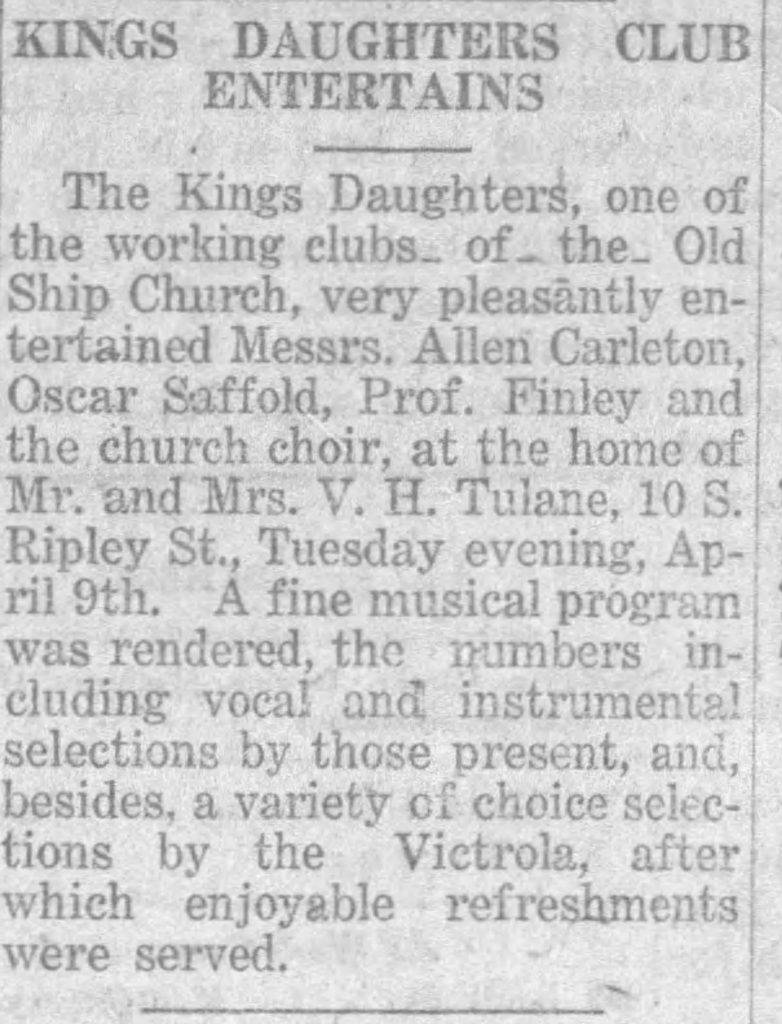
KINGS DAUGHTERS CLUB ENTERTAINS
The Kings Daughters, one of the working clubs of the Old Ship Church, very pleasantly entertained Messrs. Allen Carleton, Oscar Saffold, Prof. Finley and the church choir, at the home of Mr. and Mrs. V. H. Tulane, 10 S. Ripley St., Tuesday evening, April 9th. A fine musical program was rendered, the numbers including vocal and instrumental selections by those present, and, besides, a variety of choice selections by the Victrola, after which enjoyable refreshments were served.
______________
In 1918 Victor and Willie Lee Tulane and their daughter Naomi lived in a comfortable apartment over Tulane Groceries. In addition to the grocery store, Victor Tulane also was very active in the life of the community. He was on the Board of Trustees of Tuskeegee Institute and cashier of the local Penny Bank.
They lost two young daughters early in their marriage and Willie Lee was overly protective of the surviving daughter, Naomi. Naomi was a student at Fisk University in Nashville, Tennessee in 1918. They were active members of the Old Ship A. M. E. Church.
Willie Lee Allen Tulane was my great grandmother Jennie Allen Turner’s sister.
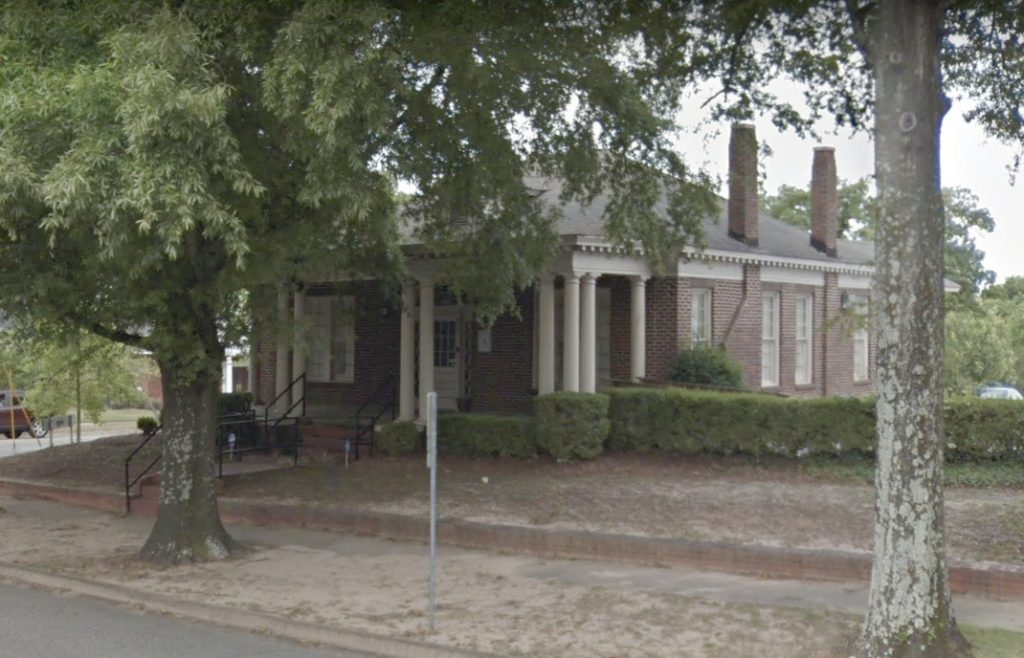
_______________
V.H. Tulane
Naomi Tulane
“Child of Victor Tulane…”
“Tulane Calls on Members of Race to be Patriotic”
